Unlike the PC and mobile devices, a wide range of commercial and open source operating systems are driving the Internet of Things. This article describes eight leading IoT operating systems and their best use cases.
The technology industry is spending a lot of time on the Internet of Things boom. For-profit technology companies and members of the open source community are promoting their operating systems, flaunting themselves as the kind of operating system for many IoT uses. In fact, not every operating system is suitable for every IoT use. Because of this, the field of Internet of Things operating systems will have a certain diversity.
When the topic of the Internet of Things and the operating system appears in the IT world, you often hear the term "embedded operating system" interchangeably with the "real-time operating system" (RTOS). But in fact, some embedded operating systems have real-time capabilities, while others do not.
Real RTOS IoT devices need to process data without buffering delays. The benefits of RTOS include the ability to multitask, the ability to schedule and prioritize tasks, and the ability to manage the sharing of resources across multiple tasks. This type of operating system is typically used in more sophisticated aerospace, industrial, and medical IoT devices.
On the other hand, we have little complexity, but still full-featured operating systems, they have the additional benefit of lower power consumption and lower resource requirements, such as processing power and memory. Eighty-nine percent, such operating systems will grow faster than RTOS, at least for first-generation IoT devices.
We will introduce eight different operating systems, and we think they will drive the IoT industry. Although there are many alternative operating systems that are not covered, this article represents a wide range of operating system features, from open source operating systems to commercial operating systems. Finally, they embody an operating system that supports everything from satellites, connected refrigerators, to smart technologies embedded in watches and clothing.
Take a look at the many operating systems and the companies/communities around them. Finally, talk about which operating systems you think will have the biggest impact on the Internet of Things, or do you think we missed one or two operating systems that should be on the list.
RIOT OS
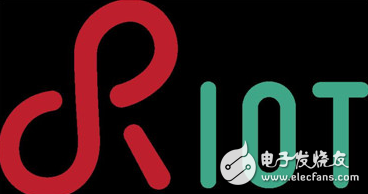
RIOT OS is an open source community project that has been launched since 2008. RIOT runs on a wide range of platforms, including embedded devices and PCs (and a large number of extremely popular sensor/actuator boards), and has an easy-to-use API. The operating system is well known for its efficiency in terms of power usage and resource requirements.
Windows 10 For IoT
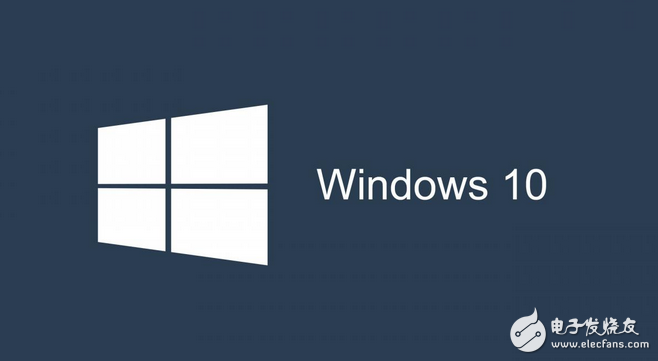
Microsoft's latest embedded operating system is called Windows 10 for IoT. There are also three sub-operating systems under this umbrella, depending on your requirements. The first is Windows 10 for IoT Mobile, which supports the ARM architecture. The next one is Windows 10 for IoT Core, which supports Raspberry Pi and Intel Atom. The last one is Windows 10 for IoT Enterprise - this is a bit like a full-featured Windows 10 Enterprise, but only for a single application.
Because Windows 10 for IoT is a new product, it clearly lags behind many other IoT operating systems in terms of user base and experienced developers. Having said that, this operating system has great potential - especially if you want to develop applications internally. In the end, those who are used to working with Windows using Visual Studio and Azure IoT services will be attracted to the entire Windows 10 for IoT solution.
WindRiver VxWorks
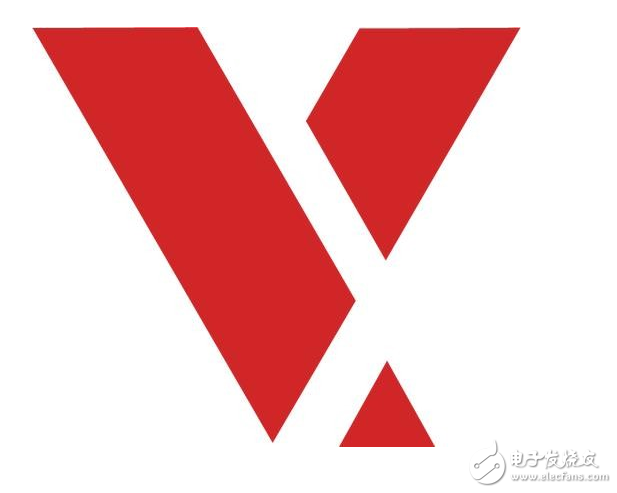
WindRiver's VxWorks is probably the most popular commercial ROTS used today. It provides a reliable operating system with a high degree of flexibility. VxWorks also provides a number of security features that are critical to the IoT project that requires them. VxWorks is well known in the industrial, medical, and aerospace sectors because it is one of the few RTOS vendors to meet the necessary certification requirements for use in those industries.
Google Brillo
Google announced at the Google I/O conference last fall that it plans to launch Brillo to enter the embedded operating system market. The development platform for Android-based embedded operating systems is ideal for those who have a solid background in writing Android applications. Brillo uses a communication protocol called Weave. This means that smart devices don't have to use embedded Android as their operating system -- they can communicate using Weave. This opened the door for a number of vendors to integrate Weave into IoT products, which ultimately allowed them to work with Brillo.
ARM Mbed OS
ARM is developing its own open source embedded operating system called mbed OS. Since it was developed by ARM, ARM is the only supported architecture. Having said that, the operating system is expected to shine in the two IoT segments of smart homes and wearable devices. This operating system is different from many other embedded operating systems because it is single-threaded rather than multi-threaded. ARM said it believes this is essential for the operating system to run on the smallest and lowest power devices. If physical size and battery life are critical, IoT devices may end up running on mbed OS.
Embedded Apple iOS and OS X
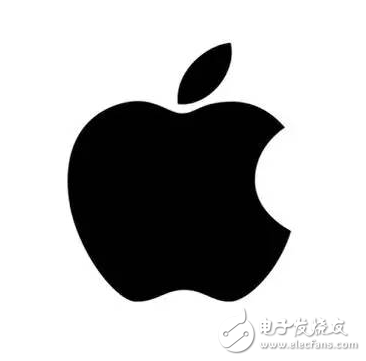
Although Apple has not played an important role in today's IoT market, it will certainly play this role very quickly. So far, Apple has adopted a variant of its operating system platform, developed a variety of IoT devices, such as Apple TV, CarPlay (with BlackBerry QNX) and Apple Watch.
Looking ahead, Apple is expected to continue to use its iOS and change OS X so that it can run more streamlinedly and efficiently on IoT endpoint devices. Developers can use tools such as the recently released HomeKit, which is used to build applications that control home automation devices.
Nucleus RTOS
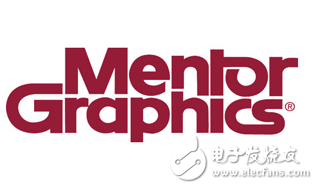
Nucleus RTOS is an embedded operating system developed by Mentor Graphics. The company claims that its software is currently running on more than 3 billion devices, which is a fairly large installation. The operating system provides strong support for a wide range of embedded architectures and is popular in vertical areas such as automotive, medical, utilities, industrial and consumer electronics.
Green Hills Integrity

But another long-established commercial RTOS solution is Green Hills' Integrity. It competes fiercely in vertical areas such as aerospace/defense, automotive, industrial and medical. The company continues to be popular in the consumer-facing IoT market thanks to its popularity and reputation for performance, security and reliability.
Conclusion

Unlike PCs, tablets and smartphones, there may not be only a few operating systems that dominate the entire IoT market. Instead, we will have to face dozens of popular choices, each with specific strengths and weaknesses. The eight operating systems presented in this article demonstrate a wide range of options and where they might be used.
42 Inch Ceiling Fan,42 Inch Indoor Ceiling Fan,42 Inch Outdoor Ceiling Fan,Ceiling Fans 42 Inch With Light
Jiangmen MagicPower Electrical Appliances Co.,Ltd. , https://www.magicpowerfan.com